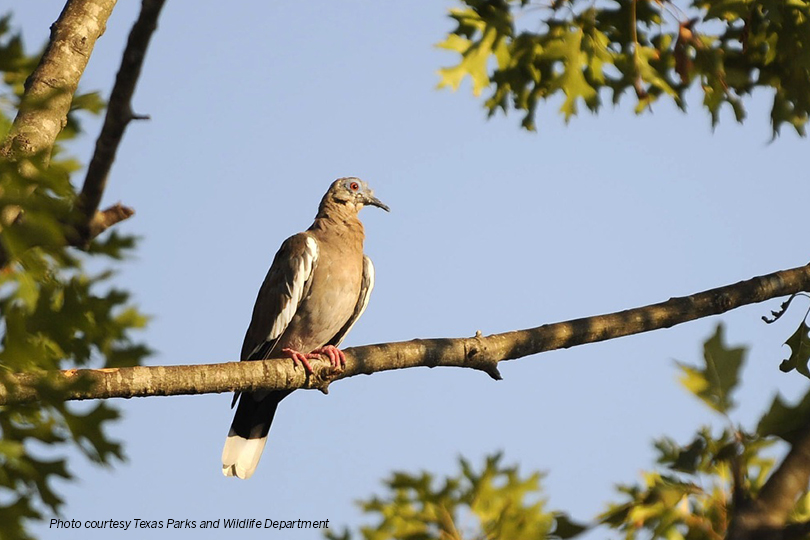By Jessica Domel
Multimedia Reporter
Dove hunters can take a few steps to help reduce the likelihood of a hunting-related accident this year.
If you haven’t already taken a Hunter Education course, consider taking one. The course is required for all hunters in Texas born on or after Sept. 2, 1971, but it can be beneficial to everyone.
“Hunter Education courses are really basics in safety, legality and the responsibility of hunters and shooting sports enthusiasts in some cases,” Steve Hall, Hunter Education coordinator for Texas Parks and Wildlife Department (TPWD), said. “The curriculum within Hunter Education dwells a lot on firearm safety and handling, hunting safety in the field, and then things like outdoor responsibilities, survival, first aid, wildlife management, conservation and the role of hunters in that formula.”
Those hunting in a group, or on a property with others, should consider having a safety meeting before any hunt—pointing out nearby livestock, buildings, vehicles and hazards—and another meeting if the hunt moves on to a new location.
Hunters should also ensure they’re familiar with their gun and that the gun is plugged before the hunt. Only three shells are allowed when hunting dove in Texas.
Gun owners, whether hunters or not, should treat all firearms as if they are loaded.
“We always like to remind people of the three most important safety rules. One is to point the muzzle in a safe direction at all times,” Hall told the Texas Farm Bureau Radio Network. “Two is stick to your safe zone of fire and communicate that with your hunting companions. That’s the most common error in Texas—shooting on game outside the safe zone of fire.”
According to TPWD, you can determine your safe zone of fire by imagining a clock in front of you and you are standing facing 12 o’clock. A standard safe zone of fire for one person would be from 10 o’clock to 2 o’clock.
Hunters should be especially mindful of this area and not swing, or fire, their gun outside of this zone while tracking a flying dove.
“Make sure you know where others are positioned in the field and where you and your group are positioned so you’re not shooting toward them and raining pellets down on their location,” Hall said. “Finally, we’d like to see that dove hunters prepare for, essentially the dove season, by going out and shooting at least several rounds of sporting clays and really making sure your shooting skills are up to par.”
Getting that practice in will reduce the likelihood that a hunter wounds, instead of kills, dove.
“One of the big things that eliminates wounding is good shooting skills,” Hall said. “The next (tip) is use of a dog or something to find the game and making sure that whenever you shoot a dove that you find it in the field. That means not hunting in thick habitat where a dove goes down and it’s hard to find. You’ve got to pick habitats that are easier to find the game you’ve taken.”
Hunters should also be sure of their target before firing and keep their finger off the trigger until they’re ready to fire.
Hunters can also improve safety in the field by wearing blaze orange so they’re easily spotted by others.
As Texas continues to see triple-digit temperatures, Hall also reminds hunters to stay hydrated and ensure their hunting dogs do, as well.
Hunters are also encouraged to ensure their guns are unloaded before placing them on a tailgate or storing in a vehicle for travel.
Additional hunting safety tips are available here.
A list of Hunter Education options is available here.

